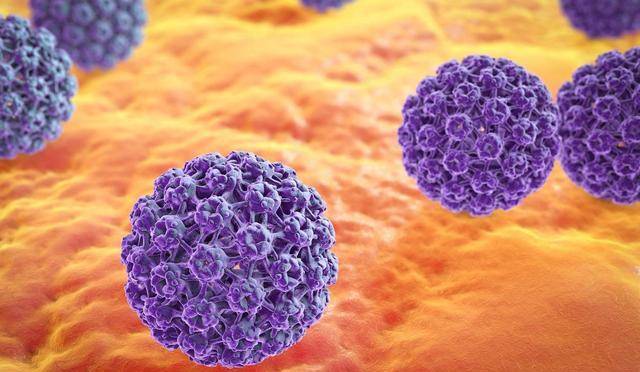With the popularity of the Internet, people can quickly make more friends through social software, most of whom are strangers. Nowadays, people’s minds are becoming more and more open, and they no longer pay much attention to many private matters, which in turn exacerbates the spread of diseases.
According to relevant data statistics, in recent years, the incidence of various sexually transmitted diseases among young people in China has been on the rise. In 2016, 46.8% of the population aged 25-29 in China had syphilis, and 24.6% had gonorrhea.
There are several ways of “sexual disease transmission”:
1. Mother-to-child transmission: Syphilis, AIDS can be passed from the mother to the baby through the placenta, and during childbirth, pathogens in the birth canal can infect the fetus;
2. Blood-borne transmission: Patients with syphilis, AIDS should be protected during surgery to avoid infection;
3. Direct contact transmission: Human papillomavirus can be transmitted through contact, and direct contact with the skin and secretions of sexually transmitted disease patients can also be infected, such as kissing;
4. Indirect transmission: Contact with the clothing, banknotes, syringes used by patients can also lead to infection.
Do you know how many of the 8 diseases can be transmitted through “sexual transmission”? Advice: People with open minds, don’t be reckless!
Diseases transmitted through sexual contact are collectively referred to as sexually transmitted diseases, abbreviated as “STDs.” Theoretically, any disease that can be transmitted through sexual activity can be classified as a sexually transmitted disease, so currently STDs include dozens of diseases. China’s legally monitored sexually transmitted diseases include eight kinds: syphilis, gonorrhea, non-gonococcal urethritis (cervicitis), condyloma acuminatum, genital herpes, chancroid, sexually transmitted granuloma inguinale, and AIDS.
Sexually transmitted diseases, also known as “sexually transmitted diseases,” are a group of infectious diseases mainly transmitted through sexual contact. They have developed from the original “classical venereal diseases.”
The so-called “classic venereal diseases” include syphilis, gonorrhea, chancroid, and granuloma inguinale. With the diversity of sexual behaviors, the number of diseases transmitted through sexual contact is increasing.
The development of microbiological diagnostic techniques has deepened people’s understanding of relevant pathogens. The incidence of these diseases greatly exceeds that of “sexually transmitted diseases”; the severity of their symptoms is beyond that of “sexually transmitted diseases.”
In order to strengthen research, treatment, and find common prevention methods, the World Health Organization revised the concept of “sexually transmitted diseases” in 1975, replacing it with “sexually transmitted diseases” (STDs). According to different pathogens, STDs are classified as:
1. Viral diseases (genital herpes, AIDS, condyloma acuminatum, infectious soft chancre, viral hepatitis).
2. Bacterial diseases (gonorrhea, chancroid, lymphogranuloma venereum).
3. Fungal diseases (candidiasis, ringworm).
4. Other pathogenic microbiological diseases (syphilis, genital lymphogranuloma venereum).
5. Parasitic diseases (trichomoniasis, scabies, pediculosis).
6. Diseases of unknown etiology (non-gonococcal urethritis, nonspecific vaginitis) totaling more than 20 diseases. The estimated incidence among adults is 5%-10%. The common feature is transmission through sexual contact, can also be transmitted through non-sexual contact, mostly with genital symptoms, and can be co-infected.
People who are prone to sexually transmitted diseases are advised to take it seriously!
1. People with multiple sexual partners.
2. People with sexual dysfunction.
3. People with weakened immune function.
4. Smokers and drinkers.
Can public toilet seats spread sexually transmitted diseases?
Answer: No, they cannot. Firstly, using a toilet seat will not result in contracting sexually transmitted diseases. No medical research has shown that anyone has contracted sexually transmitted diseases through the use of toilet seats.
However, this rumor has gained wide publicity because it has some credibility. Imagine a scenario where someone shows symptoms of syphilis, gonorrhea, or pubic lice and faces angry questioning from their partner.
Will they confess to their illness? They often simply respond, “Darling, I have no idea what happened. It must have been from the public toilet seat!”
In fact, sexually transmitted diseases are transmitted through sexual activity from other individuals. The conditions for infection with sexually transmitted diseases require a sufficient number of pathogens in the genital or anal areas, which cannot be achieved simply by using a toilet seat.
Recommendations for sexual health examinations!


